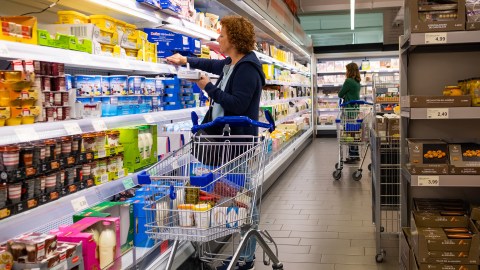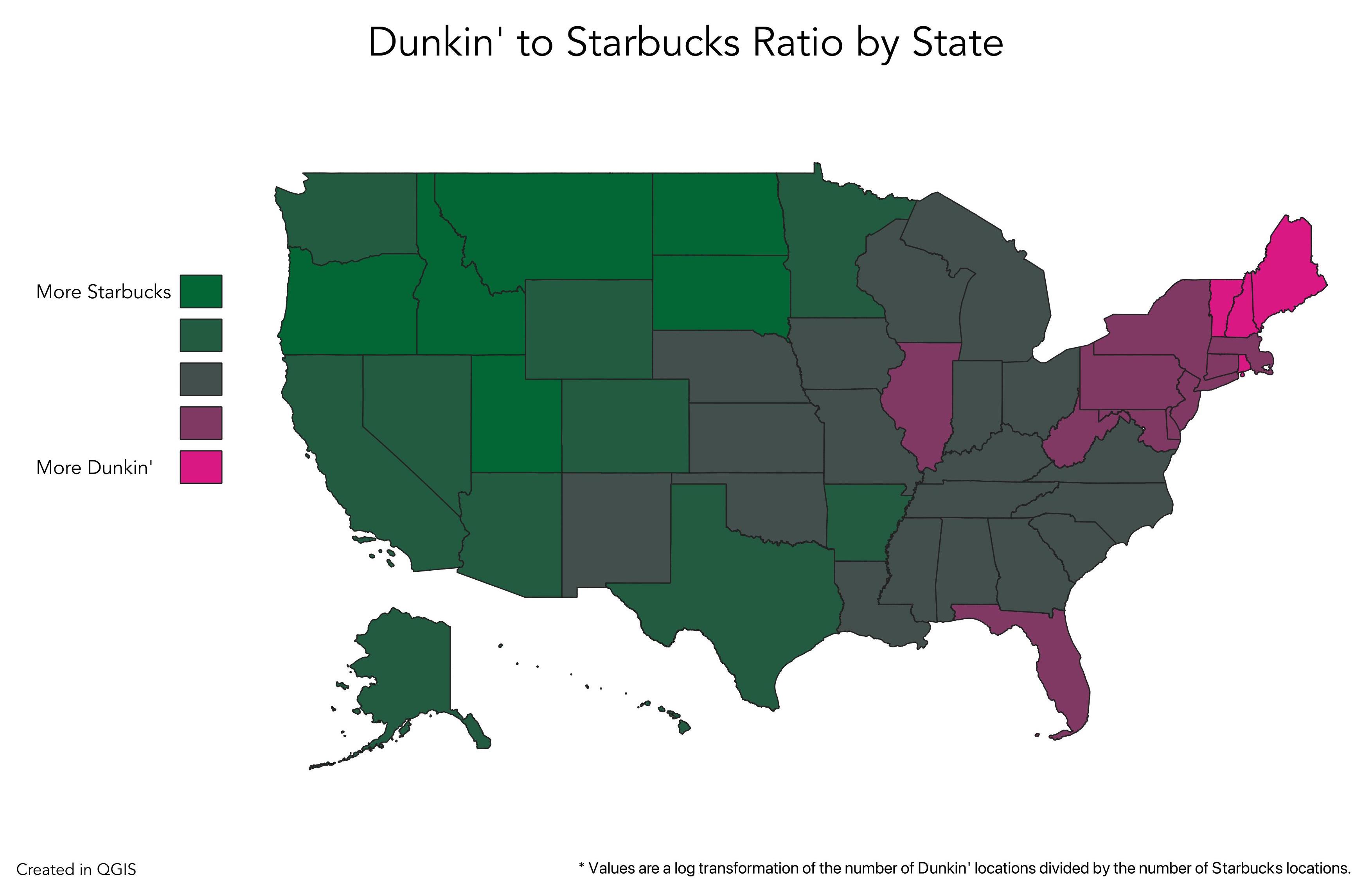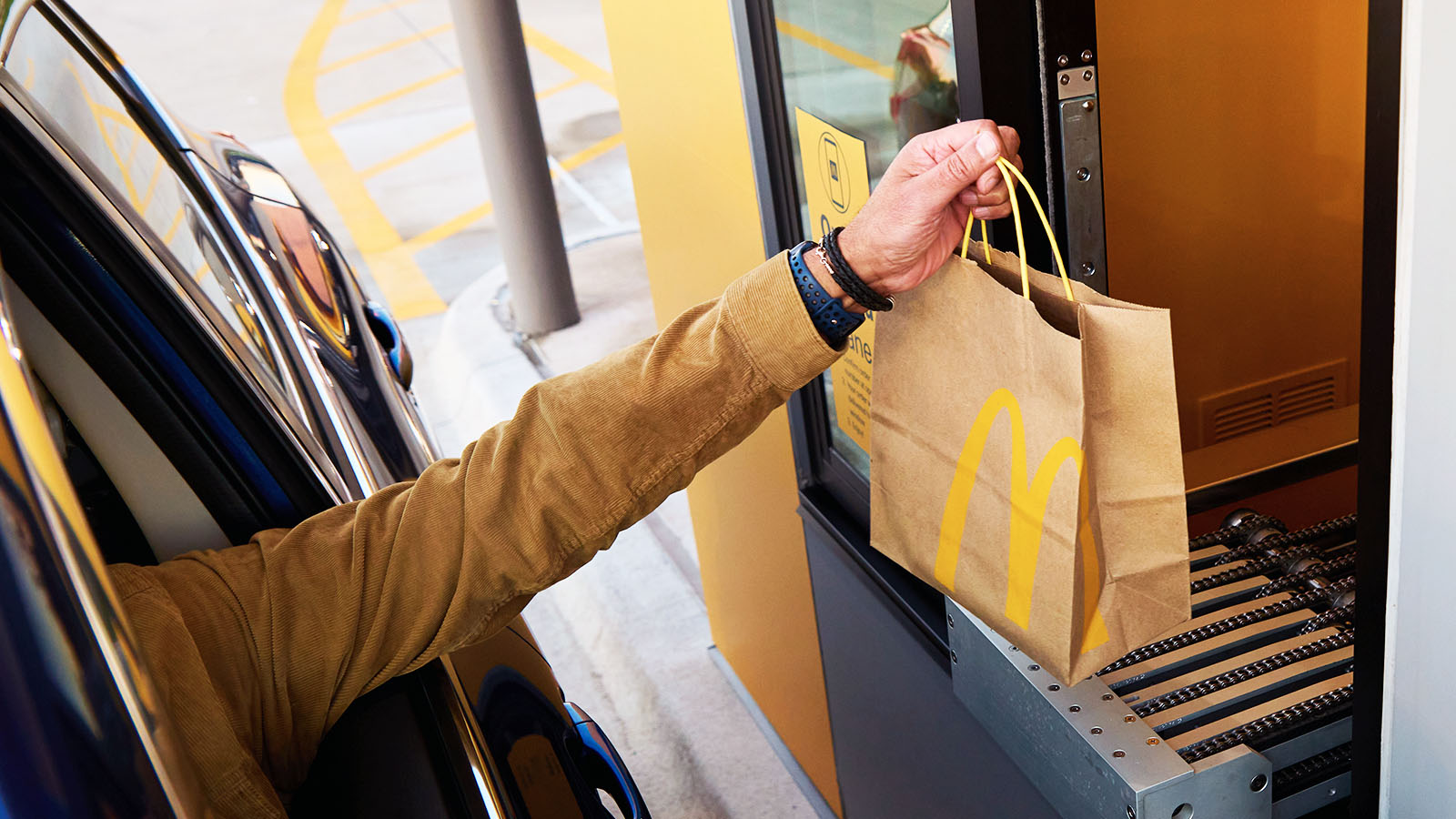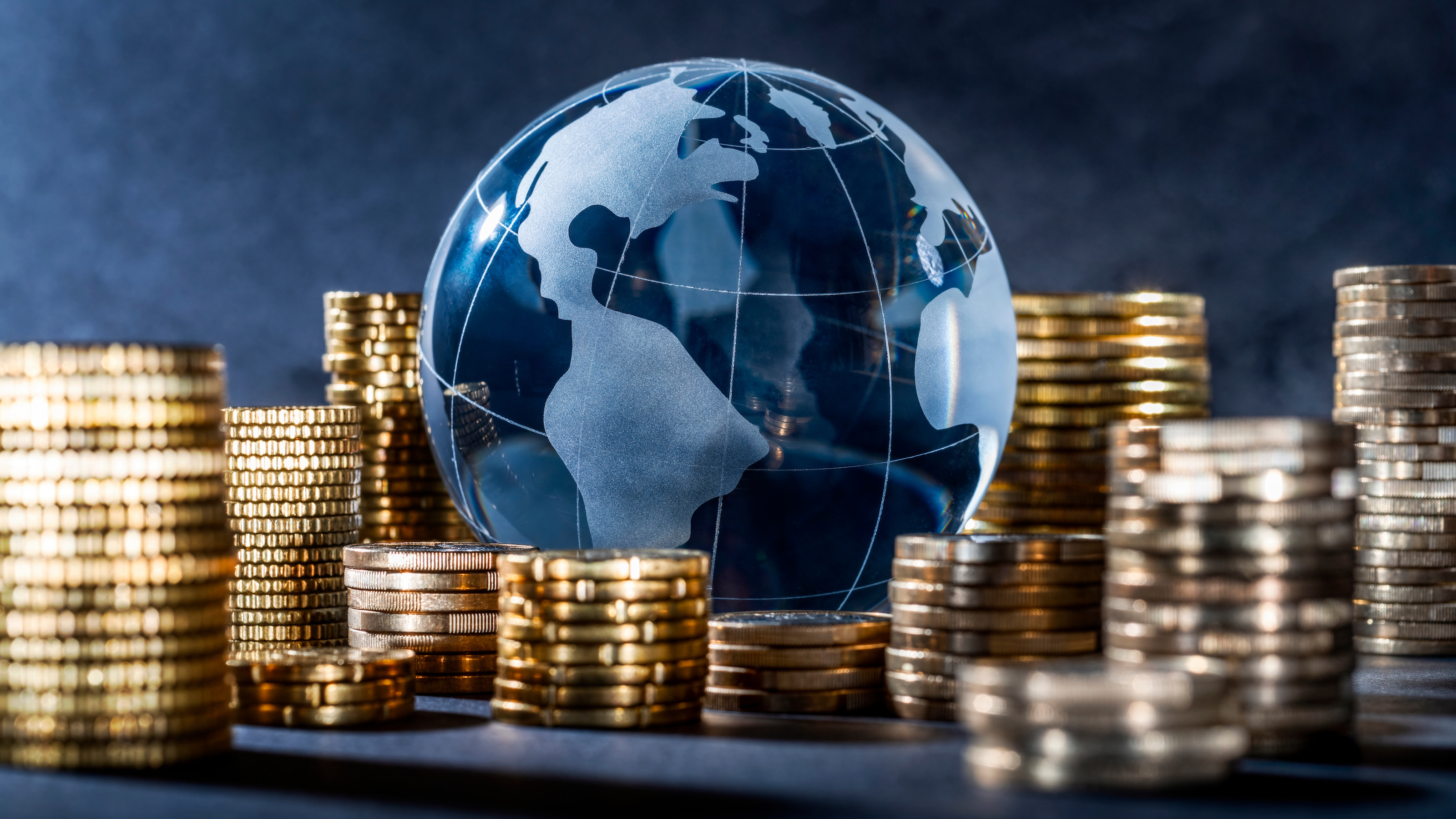One of the few places where America’s rich and poor mingle: Olive Garden and ALDI

- America’s rich and poor live in different neighborhoods, work at different employers, shop at different stores, and learn at different schools.
- But a new analysis shows that there are still places in society where CEOs, bankers, and doctors brush up next to cashiers, cooks, and housekeepers: low-price, full-service, chain restaurants.
- To see a true cross-section of American society, head to Applebee’s, Buffalo Wild Wings, IHOP, Chili’s, and Olive Garden.
America’s socioeconomic classes are sharply siloed. The rich and poor live in different neighborhoods, work at different employers, shop at different stores, and learn at different schools. And the divide has widened as wealth inequality has ballooned over the past six decades.
However, as a new analysis shows, there are still places in society where CEOs, bankers, and doctors brush up next to cashiers, cooks, and housekeepers: low-price, full-service, chain restaurants. We’re talking establishments like Applebee’s, Buffalo Wild Wings, IHOP, Chili’s, and Olive Garden.
Rich dad, poor dad
Maxim Massenkoff, an assistant professor in manpower and economics at the Naval Postgraduate School, and Nathan Wilmers, an associate professor in work and organization studies at the Massachusetts Institute of Technology, teamed up to conduct the research. The duo used anonymous, nationwide cell phone-tracking data to observe where people from rich and poor neighborhoods spend their time during the day.
Unsurprisingly, people living in areas that are among the wealthiest 20% visit golf courses, country clubs, home furnishing stores, fitness centers, breweries, Starbucks, and wineries far more often than people living in the poorest 20%. People from the poorest areas, on the other hand, spend much more of their time at dollar stores, tire shops, correctional institutions, wireless carriers, and credit unions.
More broadly, the rich also visit more full-service dining restaurants. They also spend far less time than the poor at drug stores and gas stations. While rich and poor alike both spend a lot of time at churches, supermarkets, and parks, they don’t frequent the same ones, further isolating the socioeconomic classes.
The big sort
Also surprisingly isolating are fast food restaurants and drug stores. Although most people tend to enjoy a satisfying McDonald‘s breakfast and have prescriptions to fill, these establishments are numerous and nestled within rich and poor areas. Thus, when people visit them, they stay close to home — and, thus, they remain among those of similar socioeconomic standing.
Overall, socioeconomic isolation tends to be more prevalent in urban and suburban areas, a finding that makes perfect sense to journalist Bill Bishop, author of The Big Sort: Why the Clustering of Like-Minded America is Tearing Us Apart.
“Given an opportunity, people go to church, join clubs, work with, sing with people like themselves. In small towns, you don’t have a choice. If you are a Presbyterian, there’s one church,” he told Big Think.
At Olive Garden, you’re family
Yet, Massenkoff and Wilmers found there are still places where all of America comes together: affordable, sit-down restaurants like Olive Garden and Applebee’s. There are numerous factors to their broad appeal. They are generally located near major traffic corridors and shopping areas, their menus are broadly appealing and reasonably priced, and they tend to be spacious with relatively quick service.
A few other establishments also promote mixing of America’s socioeconomic classes, such as the thrift store Goodwill, the low-priced grocery chain ALDI, arts and crafts store Hobby Lobby, and tool store Ace Hardware.
Massenkoff and Wilmers conducted further analysis showing that these cross-class encounters may also result in friendships. “In ZIP codes where poor people encounter a higher share of rich people in their daily activities, there’s a higher degree of cross-class friendships as measured in the Facebook data,” they wrote.
That’s heartening, because the rich and poor are also frequently divided along ideological lines as well, a function of media echo chambers and social media algorithms. However, at restaurants like Olive Garden, Buffalo Wild Wings, Chili’s, and Applebee’s they can share space and witness their shared humanity while enjoying cheap drinks and scarfing inexpensive appetizers. Never ending soup, salad, and breadsticks, anybody?





